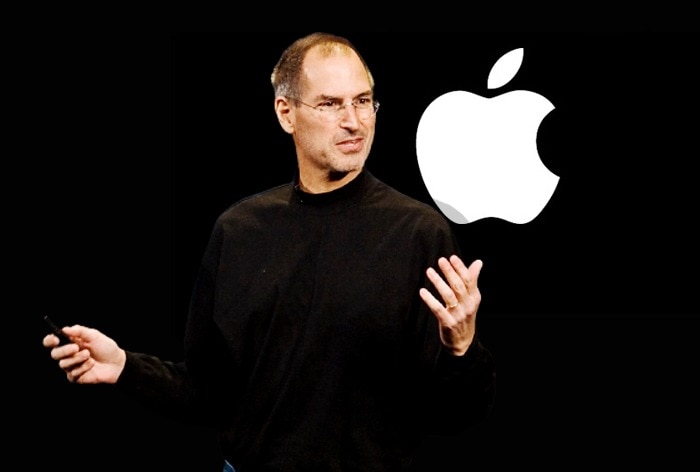When Steve Jobs returned to Apple in 1997, the company was struggling financially and creatively. His approach to revitalizing Apple involved a radical restructuring of its product lines.
After being ousted from Apple in 1985, Jobs had founded NeXT and acquired Pixar. His experiences there shaped his views on product development, design, and user experience. By the time he returned, Apple had a sprawling array of products, which diluted focus and resources.
Key Changes
Streamlining Product Lines: Jobs believed in simplicity and clarity. He famously reduced the product line from over 350 products to just a handful. He introduced the concept of four primary products: two desktop and two portable systems. This focus allowed teams to concentrate on fewer projects, improving quality and innovation.
Focus on Core Values: Jobs emphasized a commitment to high-quality design and user experience. He wanted Apple products to not only be functional but also aesthetically pleasing. This led to a renewed emphasis on design and usability, influencing every product that followed.
The "Think Different" Campaign: Alongside product development, Jobs reinvigorated Apple’s marketing with the "Think Different" campaign, which resonated with customers and redefined Apple’s brand identity.
Successful Product Launches: This focused approach led to the successful launch of the iMac in 1998, which became a turning point for the company. The iMac’s unique design and user-friendly features helped revive Apple’s reputation and sales.
Impact
Jobs’ return and his decision to streamline products ultimately laid the groundwork for Apple’s resurgence as a tech giant. This focus on fewer, high-quality products set the stage for future innovations like the iPod, iPhone, and iPad, transforming Apple into one of the most valuable companies in the world.
Jobs’ philosophy of limiting product development to enhance focus and quality proved to be a game-changer, not just for Apple, but for the tech industry as a whole.




Social Plugin